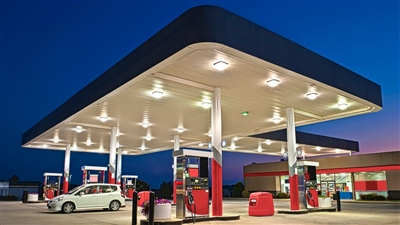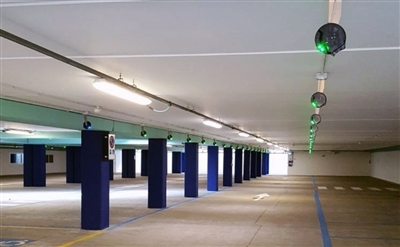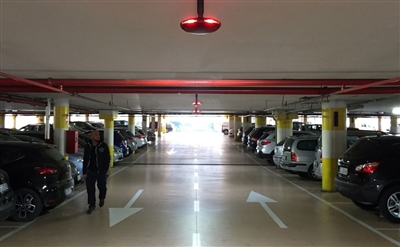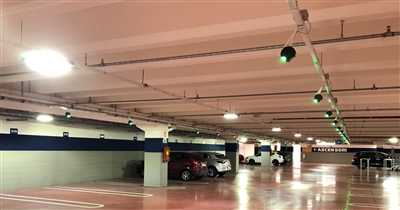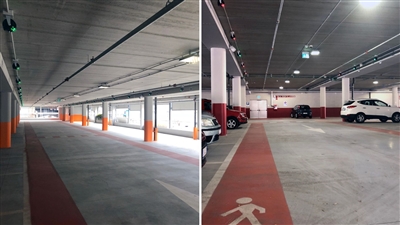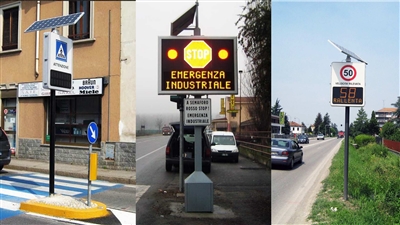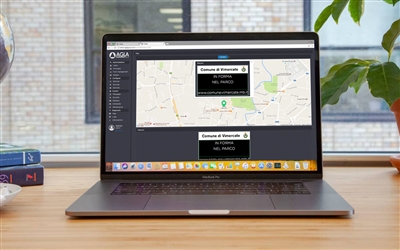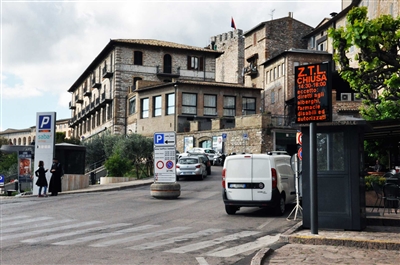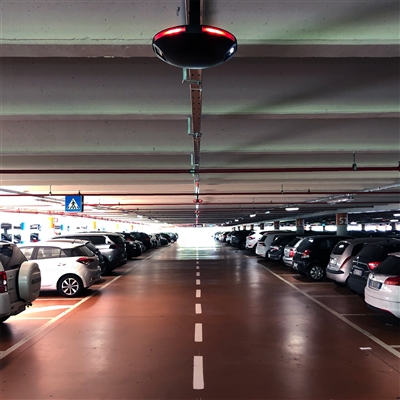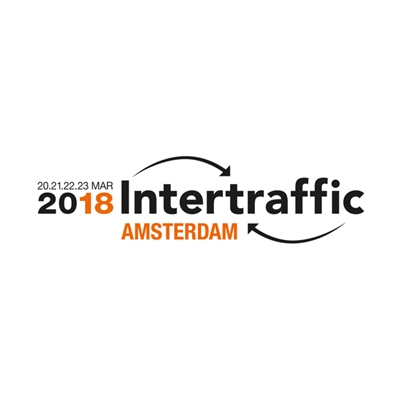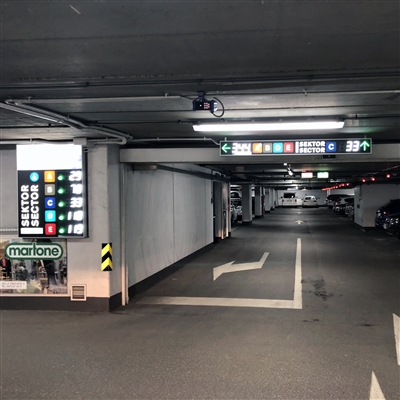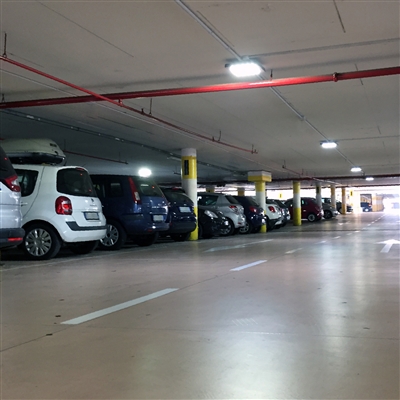21/05/2021
Mobile Variable Message Signs: Uses and Advantages
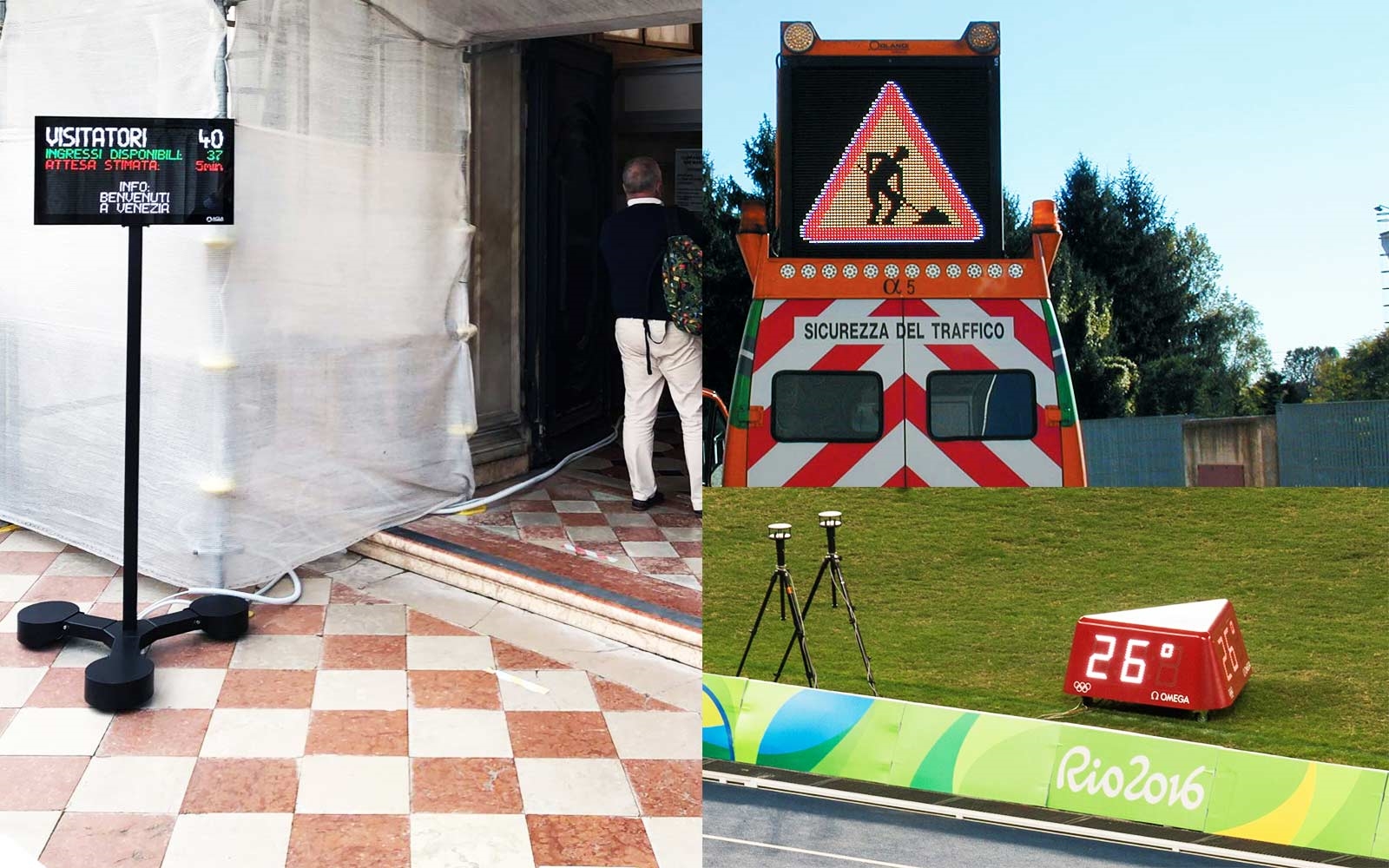
Effective and versatile, mobile variable message signs (VMS for short) are communication devices equipped with numeric, alphanumeric or graphic LED displays which are integrated onto mobile vehicles, so as to facilitate their transport and immediate use without requiring time for installation. They allow the recipients of the communications to be reached more quickly than with static signs while guaranteeing equal visibility and reliability over time.
To be able to fully exploit their potential, it is useful to understand their features, uses and advantages: the following is a brief overview.
Mobile MVSs: features and operation
Mobile VMS are a simple and effective means of transmitting information in real time, and of ensuring timely communication between the public and the authorities. They are often used to display useful notifications in cities, near historic centres or at urban centre entrance or exit points.
The information typically transmitted with variable message signs is, for example, data relating to traffic conditions, traffic restrictions, building access management systems, data regarding the game in sporting competitions or some scheduled events. The information can be provided in text or graphic form using the coloured symbols of the highway code.
To perform their functions correctly, they must have some essential characteristics:
- They must be resistant to environmental conditions and to bad weather, through the use of reliable and durable manufacturing materials;
- They must be clearly visible, even from long distances and in poor light conditions;
- They must be flexible and able to be used and programmed immediately;
- Their energy use must be optimised giving savings on consumption and reducing their environmental impact through, for example, the use of photovoltaic panels;
- Mobile VMS must be capable of being integrated with the means of transport and must be easy to move to the place of use.
Fields of use of mobile VMS
Variable message signs can be used both outside and inside airports, ports and stations, as well as in museums, theatres and all public places. If mobile, they perform a useful function in all emergency situations in which prompt information and high visibility are required.
Advantages of mobile variable message signs
Communicating through mobile variable message signs is a strategic choice with a great many advantages, including:
- The availability of a tool which is versatile and easy to adapt to the needs of the intended use;
- The flexibility of the base, which can be adapted to the available space and installation;
- The possibility of positioning outdoors or indoors, in various urban contexts and with various light conditions;
- The possibility of transporting the sign directly to the site using various types of mobile vehicles, in a timely fashion and with no delays related to installation;
- Resistance to atmospheric agents: VMS are constructed with materials which are able to withstand mechanical stress and environmental and thermal conditions.
Agla's variable message signs for urban contexts
Agla's variable message signs are designed to adapt to the widest possible range of urban contexts, from historic centres to the most modern smart cities, and to respond to the widest possible range of communication needs. They are non-invasive solutions which will integrate harmoniously with the surrounding environment, and they will and highlight information in a functional, clear and timely fashion, thanks to an information monitor which uses LED and matrix technology.
The high quality of the materials ensures resistance to bad weather and durability over time. The use of innovative technologies guarantees visibility even at long distances and in any light conditions. Agla produces several types of variable message information signs for the urban context according to their intended use and to the need to manage their content and to integrate them with other systems;
- Signalling signs for controlled areas such as ZTL and ZTC [controlled or restricted-access zones] and speed deterrents, placed at the entrance to urban areas or near a pedestrian area. Integration with information of a general or specific nature is possible;
- Signs for generic communications, placed in pedestrian areas or at the main junctions of the road network, to transmit information of a public nature, such as incidents, events and emergencies;
Signs for personalised communications, placed on urban and extra-urban roads and at strategic points, such as stations, ports and airports, to allow easy communication between organisations and users and to transmit useful information.
